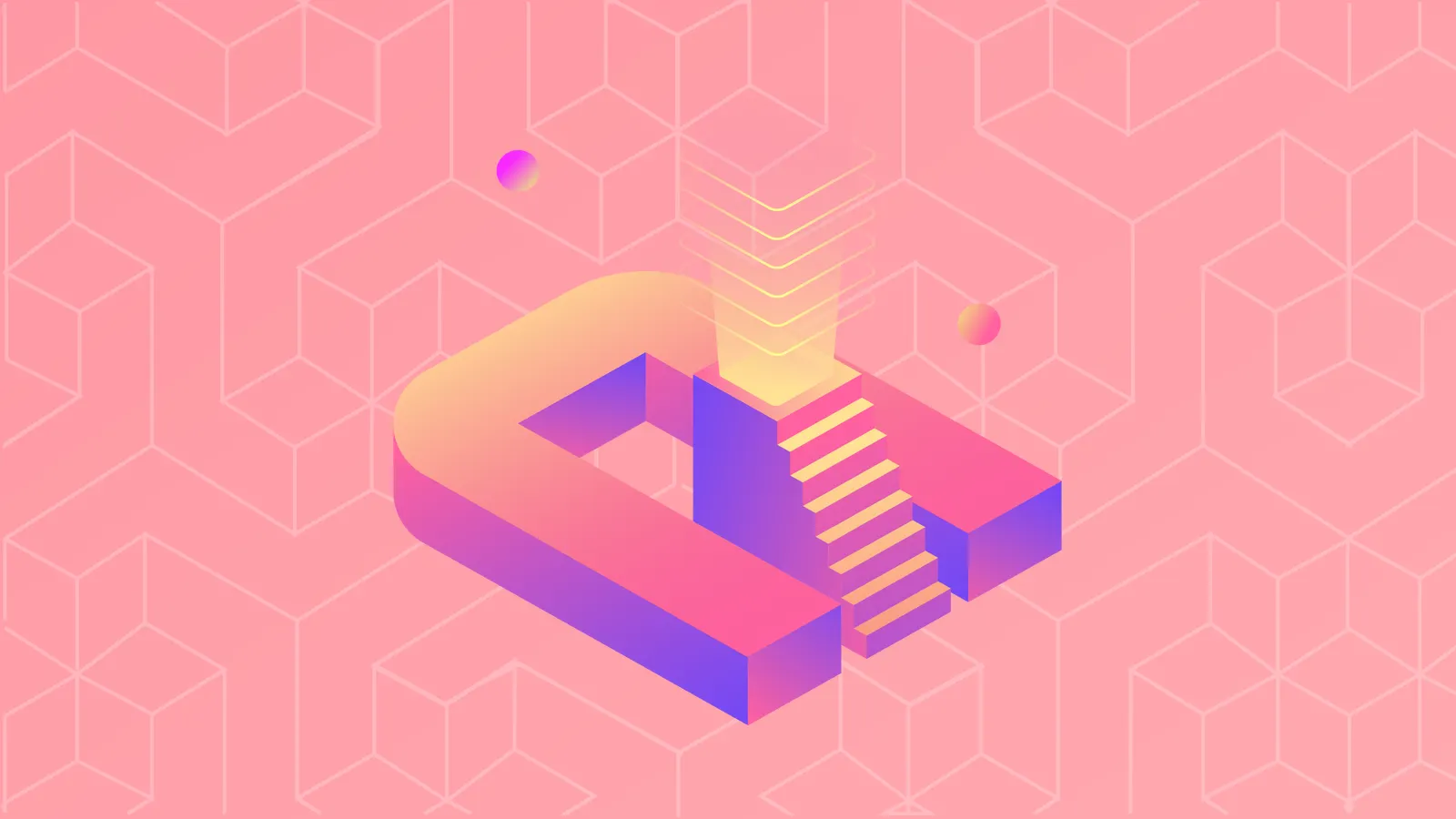One of Bitcoin’s biggest flaws is its lack of anonymity. Anyone with little more than a web browser can find out what wallets are being used for. That could be a problem for people in countries where governments like to keep tabs on its citizens. That’s where Dash comes in, the cryptocurrency wants to be a currency people can buy goods and services with, but with an extra layer of anonymity that currencies like Bitcoin currently do not provide.
What is Dash?
Dash is one of the largest of a new group of coins known as Anonymous Cryptocurrencies.
Built using the same code base as Bitcoin, Dash has its own miners, developers and wallets. However, the network’s creator made a few key changes to ensure transaction fees stay permanently low and transaction times are much faster.
Did you know?
The name 'Dash' is a portmanteau of 'Digital Cash'.
Who invented Dash?
Dash was launched by an American blockchain developer called Evan Duffield.
A brief history
- 🔱January 2014 - Evan Duffield creates a fork of Litecoin called XCoin
- 📛January 2014 - XCoin is rebranded Darkcoin
- 💻January 2015 - Duffield shifts the codebase to be built on Bitcoin
- 💵March 2015 - Darkcoin is rebranded Dash
What’s so special about it?
Dash has a number of interesting features.
- 👻Anonymity - Dash allows you to send your funds privately by mixing it in between several other transactions, making it difficult to identify any specific transaction.
- 💸InstantSend - for people who need to send transactions more quickly, there’s InstandSend, which allows currency to move between users within 1.5 seconds.
- 📡 Decentralized governance - Dash has its own governance and funding system that allows people to apply for funding for their own Dash related projects.
How is Dash produced?
Dash uses a similar proof-of-work mining technique found on Bitcoin. As such miners on the network verify transactions by trying to calculate a fiendishly difficult puzzle.
Dash was designed to have a total supply of 18 million coins. At its current rate, all the Dash coins will be ‘dug up’ some time in 2300.
Did you know?
Dash’s creator first started working on Bitcoin in 2011, but realised his ideas wouldn’t be accepted by the commmunity
How does Dash work?
Dash was built on the same source code as Bitcoin. That means it has a lot of the same features found on the original cryptocurrency, but with a few differences.
One of the key changes is in the types of nodes . Where as on Bitcoin all nodes are equal, Dash has special nodes called Masternodes.
Anyone can become a masternode by holding 1,000 Dash in a wallet. These nodes can perform special features regular nodes can’t and receive higher transaction fees as a result. Additionally masternodes get to vote on improvements to the network.
Did you know?
On Dash, the average block mining time is 2.5 minutes, making four times faster than Bitcoin.
What can you do with Dash?
At its most basic level, you can buy goods and services wherever people accept the currency. However, one of the most interesting parts of Dash is the projects it funded through its own crypto fund.
In Zimbabwe, KuvaCash, a Dash-funded startup is offering an alternative to the inflation crippled national currency. The Dash community has also funded Alt Thirty Six, which provides a payments platform for the legal cannabis industry in the United States.
Did you know?
Dash is becoming increasingly popular in Venezuela, where it has been instrumental in helping residents buy goods and services as the national currency’s value collapses.
The future
While Dash started out as a cryptocurrency in the US, the CEO sees its future in countries in other parts of the world.
With more than 800 merchants accepting Dash payments in Venezuela, Dash has been busy creating infrastructure and customer support teams to help bring more people to the currency.
With similar projects popping up in Zimbabwe, Dash could be one of the first coins to make a difference in the developing world.


